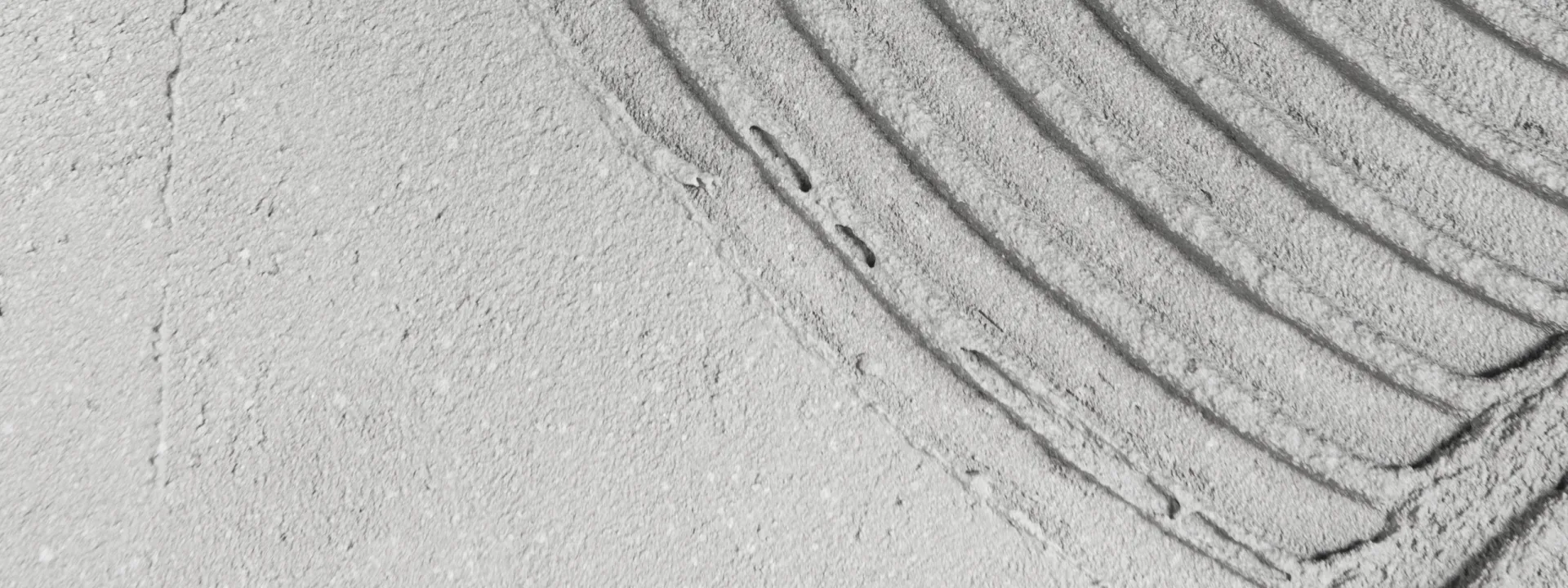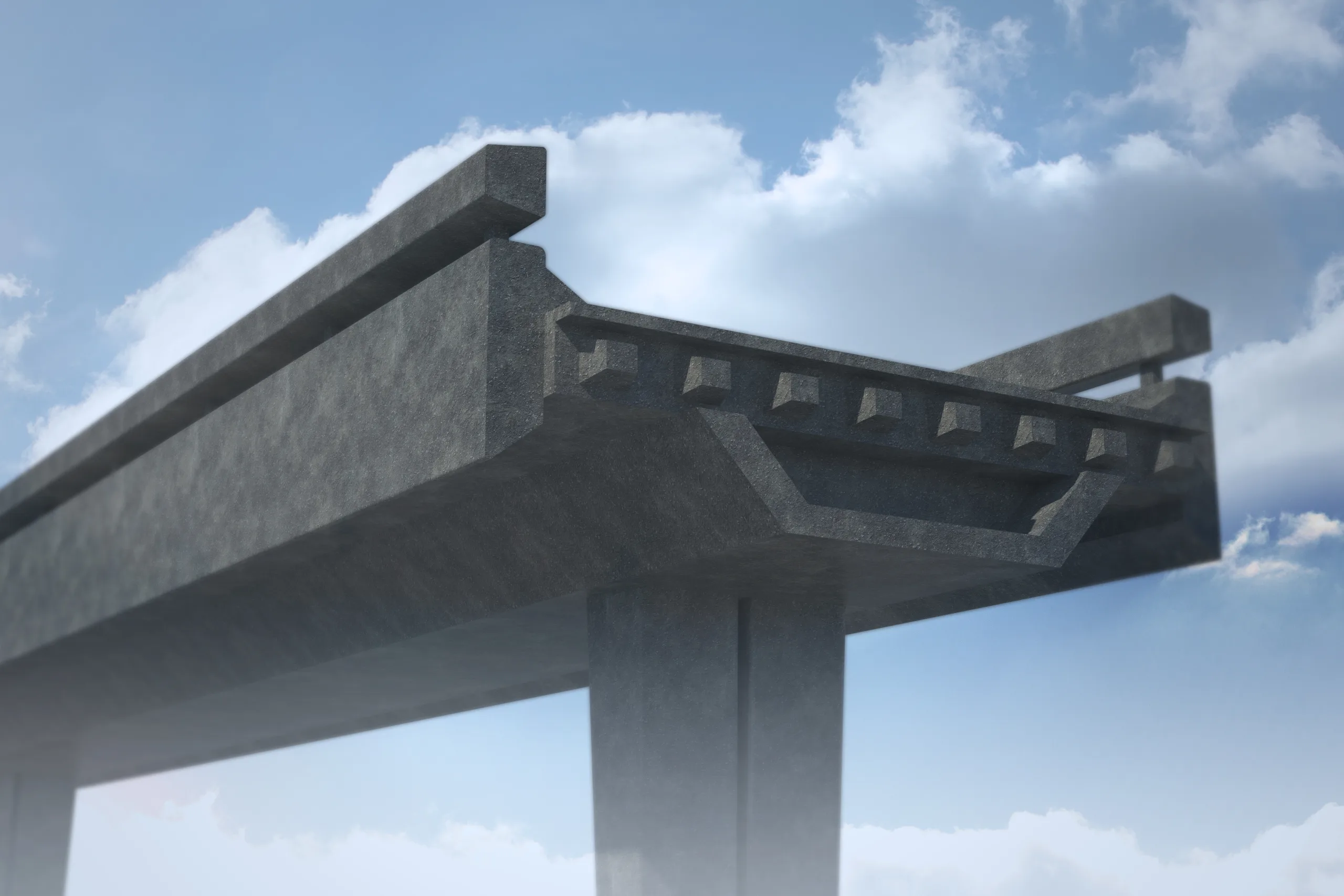
Explore 6 key factors for building sustainable and quality concrete structures
Concrete structures are integral to civil engineering, but they’re susceptible to wear and tear due to a variety of environmental and mechanical influences. Ensuring the longevity and safety of concrete buildings necessitates careful consideration of steps to enhance their durability and performance. In this discussion, we will delve into key factors you can influence to bolster concrete’s resistance and resilience against various forms of harm.
Material Selection
Your initial point of control lies in selecting the right materials for your concrete mix. This encompasses choosing the appropriate type and quality of cement, aggregates, water, admixtures, and reinforcements. The materials you opt for should harmonize with each other, suit the specific exposure conditions, and adhere to design specifications and standards. For instance, selecting low-permeability cement, well-graded aggregates, a low water-cement ratio, and corrosion-resistant reinforcements can effectively reduce the risks of cracking, shrinkage, and corrosion.
Mix Design
The second factor within your control is the mix design of your concrete. This entails determining the optimal proportions and properties of the materials to achieve the desired strength, workability, durability, and cost-effectiveness of your concrete. You should abide by the guidance and methods recommended by relevant codes and standards and carry out tests and trials to confirm the quality and consistency of your mix. For instance, tests such as slump, air content, and compressive strength assessments can provide insights into your mix’s performance.
Construction Techniques and Practices
Moving on to the third factor under your command, let’s delve into the construction practices you implement for your concrete structures. This aspect encompasses a multitude of processes, ranging from batching and mixing to transporting, placing, compacting, finishing, curing, and safeguarding your concrete. The key here is to adhere to the most robust practices and procedures that ensure the uniformity, integrity, and longevity of your concrete.
Imagine it as crafting a masterpiece: employ the right tools and techniques, steer clear of segregation and bleeding issues, guarantee thorough compaction and consolidation, apply timely and adequate curing methods, and provide safeguarding against the elements, such as extreme temperatures and moisture.

Maintenance and Restoration
The fourth facet you wield control over involves the upkeep and restoration of your concrete structures. This entails a systematic process of inspection, monitoring, evaluation, and necessary restoration work to keep your structures in top-notch condition. Your approach should be guided by maintenance and repair plans that address the potential culprits and consequences of deterioration and damage.
Picture it as caring for a living organism: employ visual inspections, non-destructive testing, and structural health monitoring to detect and diagnose any defects or distress in your concrete structures. Once identified, apply suitable methods and materials to repair and rehabilitate them, akin to nursing a patient back to health.
Design Factors
Now, let’s shift our focus to the fifth factor that falls within your purview: the design considerations woven into your concrete structures. Think of this as the blueprint that shapes the strength and resilience of your construction. It encompasses elements like the structure’s geometry, its expected load-bearing capacity, the surrounding environment, its intended function, and even the aesthetics that make it appealing.
To make sure your concrete structure is built to last, it’s crucial to adhere to design principles and criteria that maximize performance and reliability. For instance, providing adequate cover, meticulous reinforcement detailing, measures to control and mitigate cracks, as well as ensuring proper drainage and ventilation can go a long way in bolstering the durability and functionality of your concrete structures.
Durability Assessment
Now, the sixth factor you can influence centers on assessing the durability of your concrete structures. Think of this as peering into the crystal ball to estimate their service life and rate of deterioration. This assessment takes into account various factors, including material properties, the mix design, your construction methods, maintenance and repair routines, and the design specifics.
To ensure your structures stand the test of time, it’s essential to employ durability assessment methods and models that deliver practical, dependable results and recommendations. These models, whether performance-based, probabilistic, or service-life focused, serve as your compass, guiding you on how to evaluate and enhance the durability of your concrete creations. By conducting these assessments, you’re not just building structures; you’re crafting legacies that endure through the years.
Conclusion
In the world of concrete construction, our voyage has unveiled a roadmap to lasting strength and steadfastness. As we meticulously choose materials, follow trusted construction techniques, care for our structures, and design with precision, we fashion structures that endure. These aren’t just blueprints; they’re the essence of our dedication to construction excellence. With each project, we embark on a mission to create structures that stand the test of time, echoing the virtues of durability, safety, and innovation. Our work isn’t just about concrete; it’s about building legacies that will withstand the years and speak to our unwavering commitment to quality.

